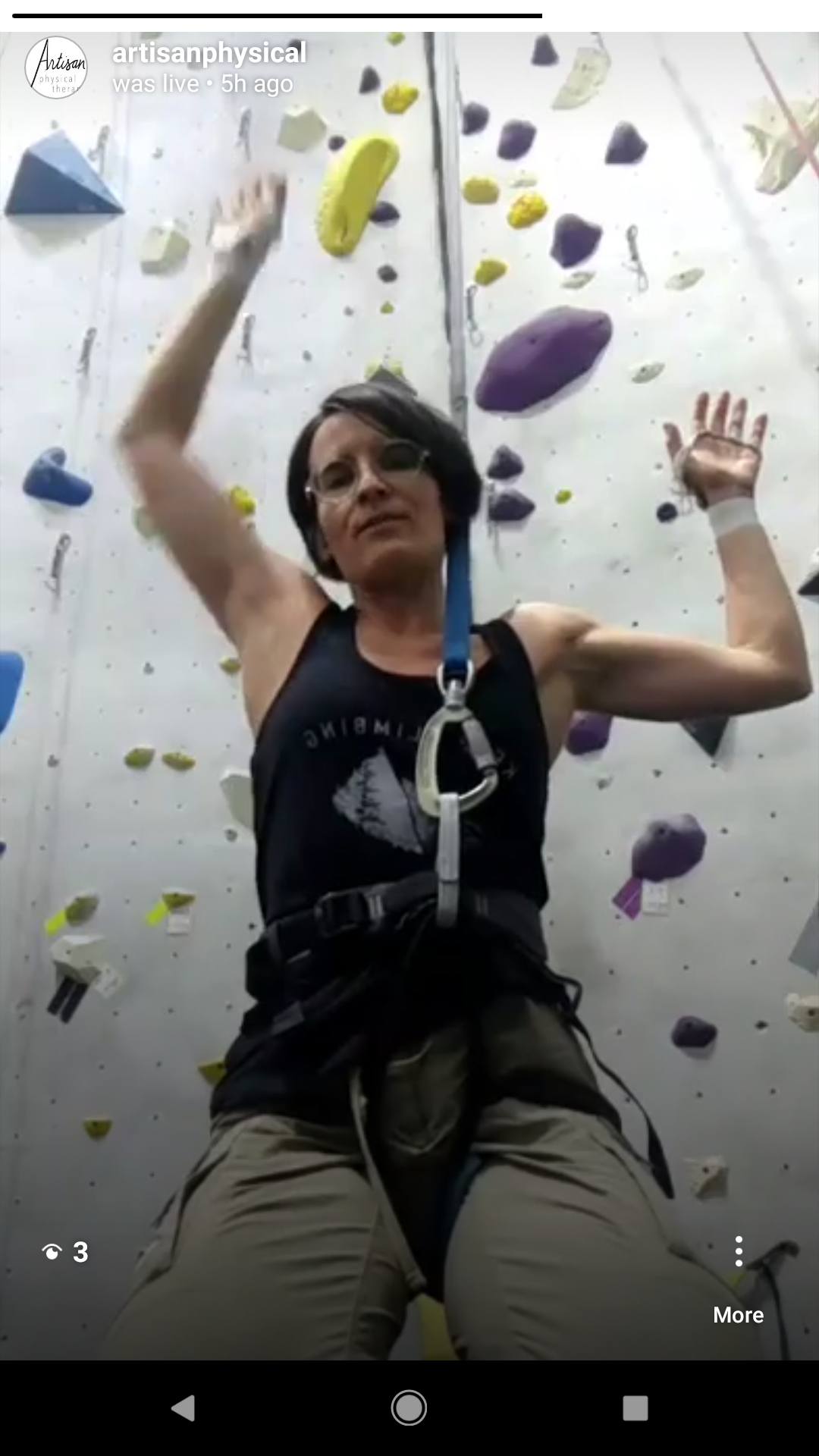It's been 9 months since I started training for the race. I was even training for the race 4 months before I signed up! Someone might ask - isn't 9 months a bit excessive for training for an Olympic distance triathlon? After all, it's nowhere near the length of an Ironman! My answer would be that it depends how you think about it. Starting in January of this year, I joined a local gym, which was my first traditional gym membership in the past 5 years. I hadn't lifted weights, for at least that many years, and I hadn't been running for at least 2 years. As a physical therapist, I wanted to be healthy and decided to practice what I preach.
One of my PT mantras is that: Your body WILL change, but change takes time!
Body composition takes time to change, as does developing muscle strength and hypertrophying (i.e. increasing the size of your muscles), so does endurance, and cardiovascular adaptations. I don't want you to think that in those 2-5 years I was inactive, I wasn't. I'm a firm believer in activity and varied activity; I was simply doing other exercise. The first few years of those 5 years I climbed a lot and hiked. Then I got back into biking and would do that whenever I could with some swimming sprinkled in there. My enjoyment of swimming while in LA has taken birth. Prior to living here, I worked it into my routine simply because I new it was good for me or 10 years ago because I needed to in order to perform reasonably well in my triathlon races, not because I enjoyed it. Here, I've grown to love it, particularly during the sustained Indian Summer months that we just survived through, yet again.
Having not run in so long, I knew that my hip strength, in particular, would be limited and this would in turn affect my running and my mechanics during running. If not addressed, I would run a much higher chance of becoming injured. If I wanted a healthy race, I needed a healthy base. I think it's noteworthy that at that time I didn't even know what race I was going to do yet alone what distance, sports, or time of year I'd be competing. I simply knew that I needed to start with the basics. So I worked on leg, core, and upper body strength, I stretched, and worked on all the imbalances that I knew I have. I worked on exercises that combine single leg balance and strength.
We all have our issues and we all need to do our best to stay on top of them! I spent 3 months focusing on weight-training, stretching, and doing my "PT" exercises. Any runs I did were very short and focused on good form. Any leg pain? I would immediately stop. Any break down in form? I would stop.
I followed up that 3 month phase with cardio that built up all the way to my race. My goal was to do cardiovascular exercise - working in biking, swimming, and running - for one hour per day. As I got closer to race day, I started combining workouts (bricks) and doing 2 workout days to get the endurance for the multiple hours required for the race.
I had an almost unspoken goal of 3 hours for my race. I calculated this by simply combining my individual time from workouts for each portion of the triathlon. It was mostly "unspoken" because it was a dream time. I didn't know if I could do it all back to back that fast.
Well, I raced and I'm happy to report that I did it in 3 hours and 6 minutes. So close to my unspoken dream goal!
Most importantly, I was healthy the whole time and, in fact, my muscles and joints felt better than they had prior to my commencing training. I finished the race motivated to compete again, knowing that with the knowledge I gained from my training, I could reach my goal. Goals are important. Setting high goals are important. It helps you expand yourself and growth, whether you obtain the goal or not! Part of my purpose with the race, was not just the physical. I wanted to train my mental fortitude, too, in a way that I wasn't able to when I competed in triathlons previously in my 20's. I focused and learned from leaning into the discomfort that accompanies continued on when things get hard.
Don't wait until the pain comes, schedule a physical therapy visit with Liz at Artisan Physical Therapy to learn how to reach your goals healthily!
Let's get to the source and, TOGETHER, let's get moving!
Stayed tuned for future blogs to read about how to tweak my training from what I learned from the experience. Let me know any questions you might have.
Liz






